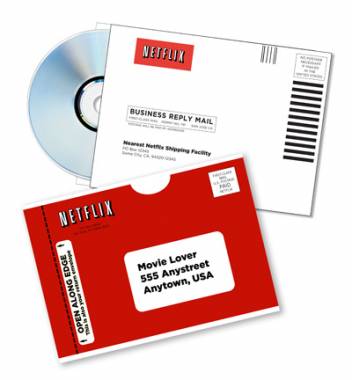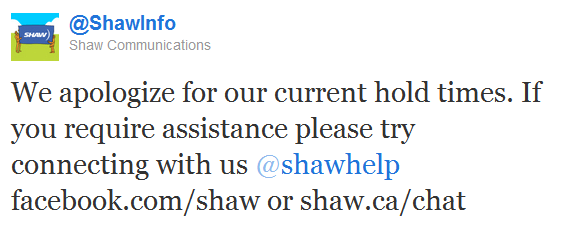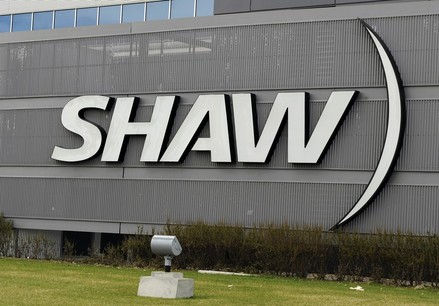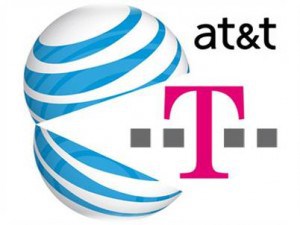
Get ready for Qwikster
Netflix CEO Reed Hastings apologized this morning on the company’s blog for the perceived lack of “respect and humility in the way we announced the separation of DVD and streaming, and the price changes,” imposed on customers this month.
Many members love our DVD service, as I do, because nearly every movie ever made is published on DVD, plus lots of TV series. We want to advertise the breadth of our incredible DVD offering so that as many people as possible know it still exists, and it is a great option for those who want the huge and comprehensive selection on DVD. DVD by mail may not last forever, but we want it to last as long as possible.
I also love our streaming service because it is integrated into my TV, and I can watch anytime I want. The benefits of our streaming service are really quite different from the benefits of DVD by mail. We feel we need to focus on rapid improvement as streaming technology and the market evolve, without having to maintain compatibility with our DVD by mail service.
So we realized that streaming and DVD by mail are becoming two quite different businesses, with very different cost structures, different benefits that need to be marketed differently, and we need to let each grow and operate independently. It’s hard for me to write this after over 10 years of mailing DVDs with pride, but we think it is necessary and best: In a few weeks, we will rename our DVD by mail service to “Qwikster”.
We chose the name Qwikster because it refers to quick delivery. We will keep the name “Netflix” for streaming.
[flv width=”640″ height=”380″]http://www.phillipdampier.com/video/YouTube An explanation and some reflections 9-19-11.flv[/flv]
Netflix CEO Reed Hastings apologizes and explains the company’s new mailed DVD service Qwikster. (3 minutes)
Hastings promises little will change with Netflix’s DVD-rental business except the name. But is that enough to erase the perceived price and policy changes customers are complaining about? Some of our readers say no, and most of the 10,000+ comments on Netflix’s blog as of this afternoon were also very hostile.
“He’s re-arranging the deck chairs and calling them lounge seats, but they are really the same deck chairs,” shares reader Tom Defrancisco in Austin, who shared the story with us. “The ship is still taking on water, and that will only get worse when the rest of Hollywood gets their piece.”
Defrancisco is referring to ongoing content contract renewals Netflix is pursuing to keep, and expand, its online video streaming. With the potential forthcoming loss of content from Starz, which could take a significant amount of current movie titles offline, subscribers may not be willing to pay more for less content to stream.
“It’s inevitable Netflix will have to raise streaming prices in the next six months when some of their content deals are renewed, and I am asking myself if it is worth $10-12 a month to stream old documentaries, TV shows, and movies I barely care about when current movies are simply not available online,” Defrancisco adds.
[flv]http://www.phillipdampier.com/video/CNBC Netflix Quixster Equals Quitster 9-19-11.flv[/flv]
CNBC investors and analysts are calling Netflix’s announcement they are splitting up their streaming and DVD rental business a “the third strike” for the company and are telling investors to get out before it’s too late. “Qwikster=QUITster,” says Michael Pachter, Wedbush Securities, who thinks customers are once again the big losers. “In the last three months, customers have seen prices rise, the quality of streaming content decline, and they just made the service a lot more complicated.” (4 minutes)
Several of our readers miss Netflix’s 1-out-DVD/streaming companion plan, which used to offer unlimited streaming and one DVD rental at a time for $9.99 a month.
“I don’t care if they call it Netflix or Qwikster or MasterWatch,” says our reader Kyle. “It’s the same thing at the same high price called something else. Who are they trying to fool? I think it’s very telling Mr. Hastings doesn’t even directly own shares in his own company, and has sold off tens of millions in indirect shares he controls.”
The company’s new YouTube channel is also being pelted with negative views of Netflix’s latest business moves.
VoiceOreezn:
You guys just don’t get it. You don’t care what your subscribers want, and now are trying to justify your actions. Your streaming service sucks, and the pickings are very slim. I cancelled my account. It’s not about price, it’s about greed. You started off with a good concept, (but not enough streaming movies). Now, you’re just another greedy corporation. Want people back? Give them MORE, not less. I’d be very afraid of Amazon if I were you.
Netflix stock has lost nearly 50 percent of its value since the company first announced its price increase and plan changes on July 12. Last week, Netflix admitted it was adding fewer new subscribers than forecast since raising prices nearly 60 percent on combination streaming-DVD plans.
[flv width=”640″ height=”380″]http://www.phillipdampier.com/video/Bloomberg Cory Johnson Discusses Netflix Subscriptions 9-16-11.flv[/flv]
Bloomberg talks with Cory Johnson about the outlook for Netflix Inc., after the company cut its U.S. subscribers forecast following a price increase. Netflix has some surprise expenses coming up. (2 minutes)
Some analysts, including Gabelli & Co analyst Brett Harriss don’t think today’s developments will make much of a difference, telling Reuters Hastings has talked repeatedly about separating the businesses in the past.
But one thing Qwikster will bring that Netflix never had: video game rentals for Wii, Playstation 3 and XBox 360 owners.


 Subscribe
Subscribe






